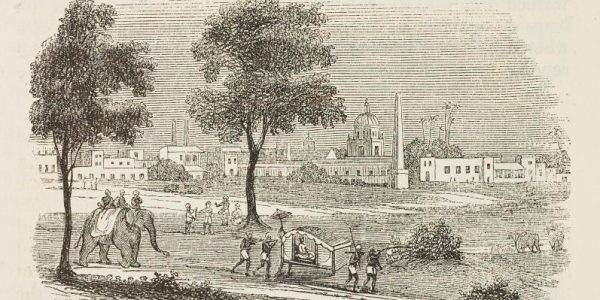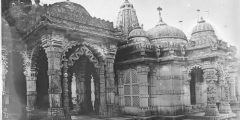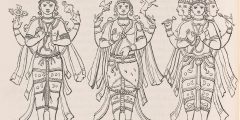Colonialism in Correspondence: The Letters of Lord William Bentinck
January 26, 2022
This is a guest post by English student Ben, written as part of his placement with the Nottingham Advantage Award from the UoN Careers and Employability Service. The letters of Lord William Bentinck, from the Portland Collection at the University of Nottingham, contain many details of the governorship of India in the early 19th century. …
Images of India
June 24, 2021
Around 100 years ago, Professor Henry Hurd Swinnerton learned that 300 old glass plate negatives were about to be thrown out. Glass plate negatives are thin sheets of fragile glass coated in light-sensitive chemicals, and by the late 1930s they were becoming obsolete. These particular negatives of 19th century India were a little damaged and …
The Bigger Picture
March 6, 2019
This is a guest post by Anjali, an Politics and Economics student, written as part of the Nottingham Advantage Award run by the Careers and Employability Service. Culture and heritage forms a big part of an individual’s identity. As an individual who is a young British Indian woman, living in a world where a person such …
Bound for Serampore
August 14, 2017
Visitors to the Weston Gallery are often prompted to share their personal connections to an exhibition. It’s always wonderful to see people engaged and to know that it’s made an impact in a way that visitor statistics can’t capture. The story one recent visitor shared about the Threads of Empire exhibition was not just his family’s …
Threads of Empire: Rule & Resistance in Colonial India
April 13, 2017
Seventy years after India gained independence, our latest exhibition reveals the acts of resistance that shaped the British Empire in India. From 13th April, the Weston Gallery, Nottingham Lakeside Arts will host an exhibition showcasing the history of tense negotiation, resistance and rebellion that lay behind the emergence of India as the ‘Jewel in the …





